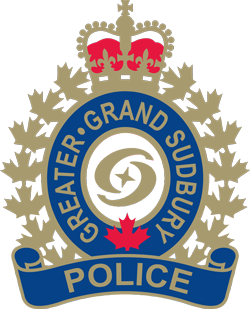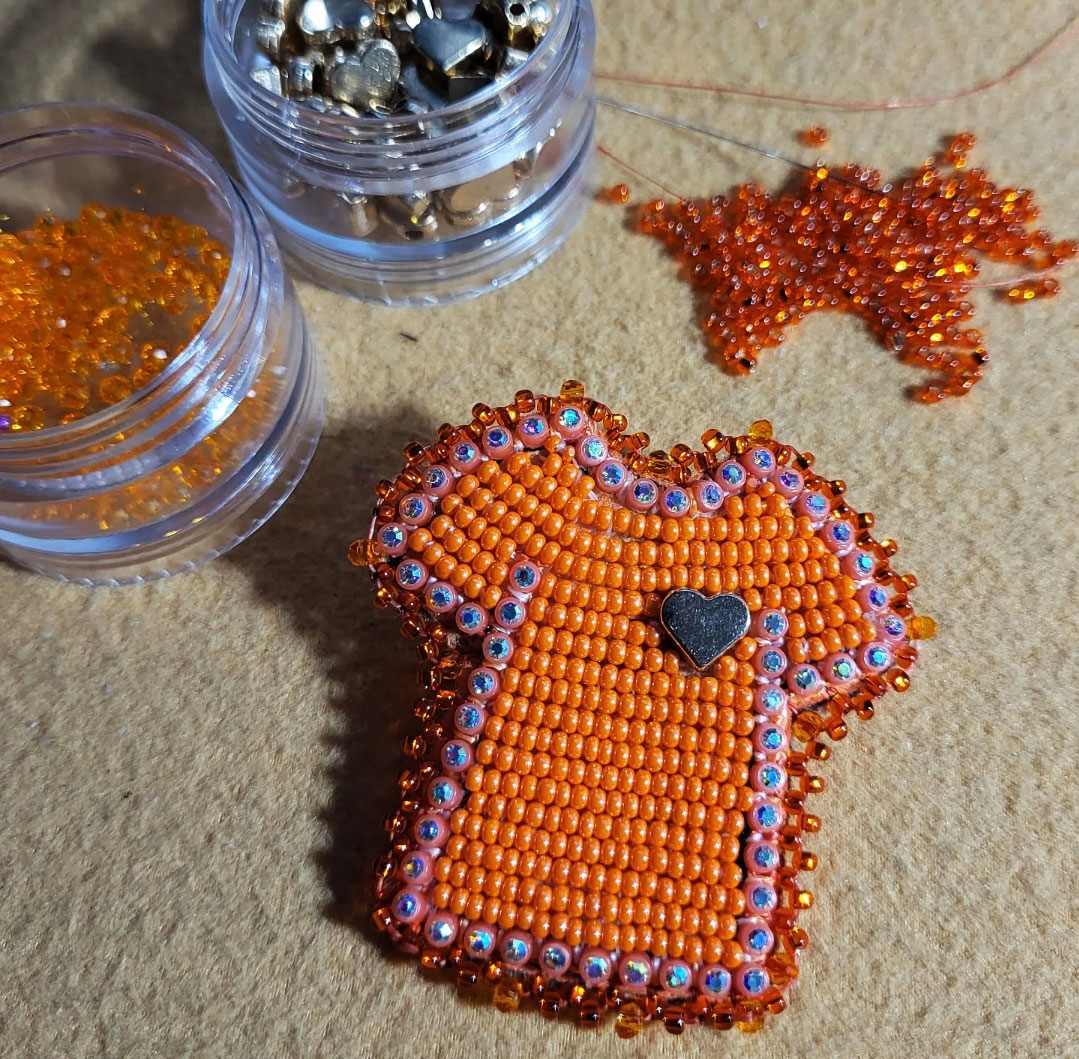4th
Annual NDTR
Relay
Journey of Healing and Reconciliation: Embracing Truth Together
Uniting Communities for the Second Annual Relay in Commemoration of National Day for Truth and Reconciliation
This event is a significant initiative aimed at honouring the history, promoting healing, and advancing reconciliation with Indigenous communities. By coming together as a community, we strive to create meaningful change and contribute to a more just and inclusive society.
About the Relay:
The Fourth Annual Relay for National Day for Truth and Reconciliation is a symbolic event that serves as a catalyst for reflection, learning, and solidarity. It is a collective journey, inviting individuals, families, and organizations to participate in a physical or virtual relay, representing our shared commitment to truth and reconciliation.
This relay is more than a race or a walk; it is an opportunity for participants to connect with the experiences and struggles faced by Indigenous peoples throughout Canada’s history. By engaging in this event, we acknowledge the legacy of residential schools, Indian Day Schools and affirm your dedication to fostering understanding, empathy, and change.
About National Day for Truth and Reconciliation (NDTR):
National Day for Truth and Reconciliation is a solemn occasion observed on September 30th each year. It is a day designated by the Canadian government to reflect upon the tragic legacy of the residential school system and its lasting impact on Indigenous communities.
NDTR provides an opportunity for all Canadians to educate themselves about the history, experiences, and contributions of Indigenous peoples. It serves as a call to action, urging us to engage in dialogue, learn from Indigenous perspectives, and work towards healing and reconciliation.
Importance of Calls to Action:
Calls to action are vital components of the reconciliation process. They provide a framework for collective action and guide us towards meaningful change. By embracing the calls to action, we can address the historical injustices faced by Indigenous peoples and create a more equitable and inclusive society.
These calls to action encompass a wide range of areas, including education, language revitalization, healthcare, justice, and more. They outline specific steps that individuals, organizations, and governments can take to advance reconciliation and promote the well-being and empowerment of Indigenous communities.
Benefits of Bringing Awareness as a Community:
When a community comes together to raise awareness about important issues such as truth and reconciliation, several benefits emerge:
- Education and Understanding: By increasing awareness, we foster a deeper understanding of the historical and ongoing struggles faced by Indigenous peoples. This understanding serves as a foundation for empathy, compassion, and the dismantling of stereotypes and biases.
- Healing and Reconciliation: Through collective engagement, we create an environment conducive to healing and reconciliation. By acknowledging the past and working towards a more equitable future, we contribute to the healing process for survivors, their families, and Indigenous communities as a whole.
- Empowerment and Collaboration: Awareness-building initiatives empower individuals and communities to actively participate in reconciliation efforts. It encourages collaboration between Indigenous and non-Indigenous peoples, forging partnerships and fostering a sense of shared responsibility.
- Positive Social Change: By raising awareness as a community, we have the potential to effect positive social change. This can lead to systemic shifts in policies, practices, and attitudes that contribute to a more just, inclusive, and equitable society.
GSPS Indigenous Liaison Office Insignia – Meaning
The two feathers represent the relationship between The Greater Sudbury Police Service and the Indigenous Community in N’Swakamok (The Greater City of Sudbury).
- Binding the two feathers, the GSPS acknowledges its duty and responsibility to the Indigenous community and our commitment to moving forward in a good way.
- This includes the GSPS courage and honesty in acknowledging the truth of the history of policing, while honoring and respecting the wisdom, courage, trust of our Indigenous Community Leaders.
The solid line below the feathers represents the road paved by our past and present Indigenous Community Leaders and GSPS members. The seven dots represent our current journey through the Grandfather Teachings and the work we do to benefit the seven generations to come.

The Fourth Annual Relay for National Day for Truth and Reconciliation is an opportunity for us to come together, learn, and take meaningful action. By embracing the calls to action and raising awareness as a community, we contribute to the healing process, promote understanding, and work towards a future built on truth, respect, and reconciliation. Join us in this transformative journey as we strive to create a better future for all.

